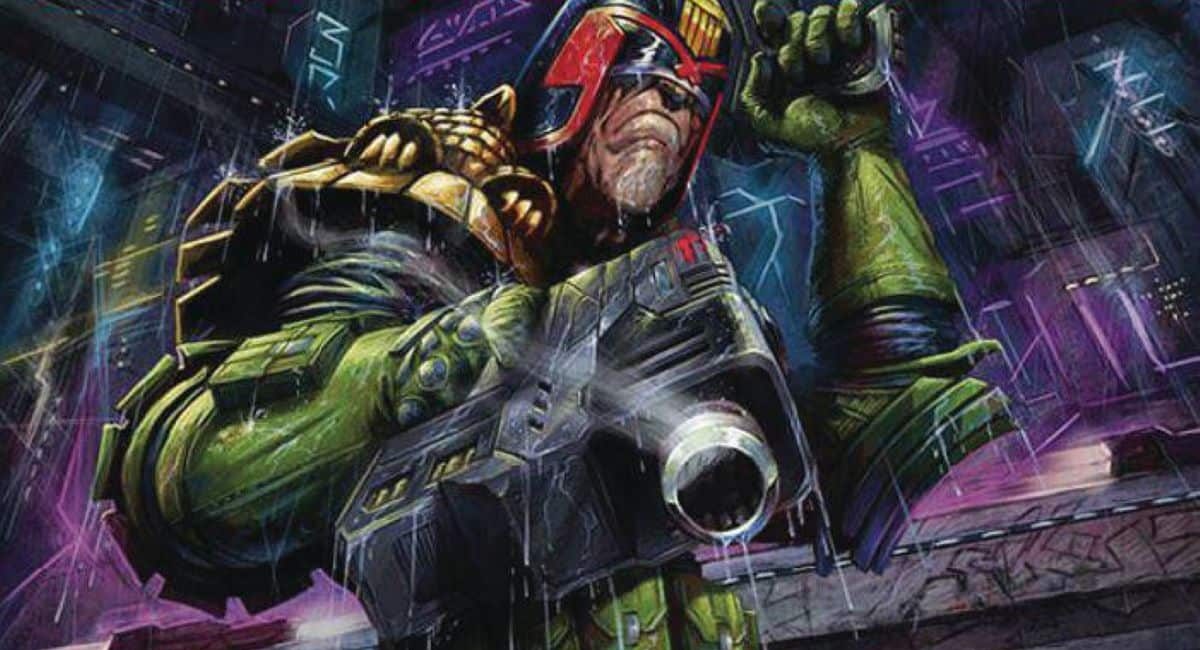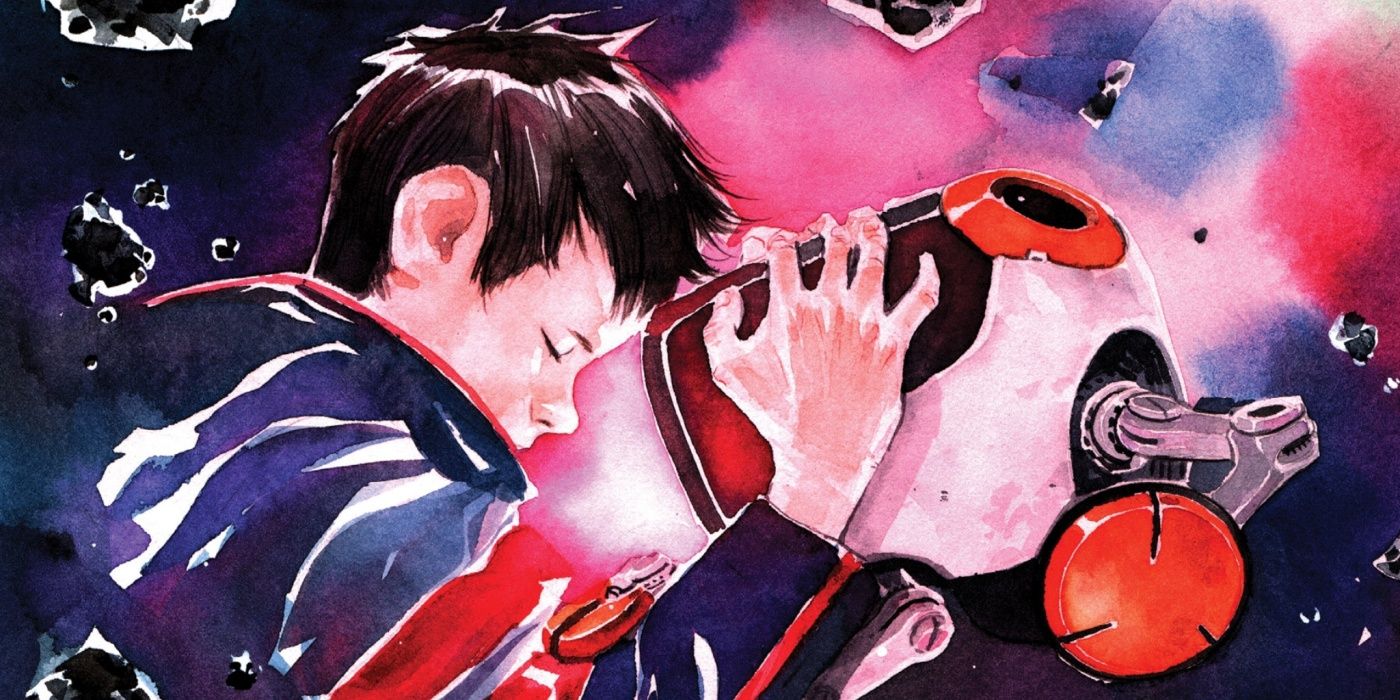This page contains affiliate links for eCommerce websites. How to Love Comics may recieve a small commission on purchases you make. Find out more in our affiliate disclaimer.
Written and art by Dean Stuart. Published by Viking.
Dementia sucks. It’s not just hard on those who suffer it but those around them too. It can be especially confusing for children, who can find it difficult to comprehend why a loved one’s mind is in decline. Luckily, cartoonist Dean Stuart has crafted an aid for parents and guardians to help kids (ages 8-12) understand what’s going on through fiction. Cassi and the House of Memories delves into memory loss, while also exploring themes of connection and creative expression through a lush graphic novel.
Cassi notices that her grandfather is not all quite there. He sometimes gets confused and has memory lapses. Not like the man she knows him to be. So when he wanders off into the neighbouring forest, she looks for him knowing that he may get lost in his current state. Her search leads her to a bizarre head-shaped building containing her grandfather’s memories. Stuart litters the building with physical embodiments of the memories. Some of these are represented by picture frames mounted to Escher-like structures. Others are depicted as physical objects, as shown in an impressive two-page spread. Readers will see some of these later in the story while others add texture. From there, she enters into her grandpa’s memories in the hope of finding him. However, like many stories, the journey is more important than the destination, as Cassi learns more about who her grandfather was as a younger man.
 Cassi and the House of Memories cover by Dean Stuart.
Cassi and the House of Memories cover by Dean Stuart.Dean Stuart draws from his experience of having a father with dementia to create a story about connection. Stuart begins by highlighting some of the examples of dementia through Cassi’s interactions with her grandfather. Here we see the two connected before signs of disease kick in creating confusion for both parties. The cartoonist follows this up with a sequence explaining dementia in simple terms. Dominos and a balloon are used as a visual representation of memory. A white background is used here to remove distraction, highlighting the characters and objects necessary to communicate the analogy. The metaphor is clear enough for older kids to understand but may also benefit from having a parent or guardian present if there are follow-up questions.
Cassi’s travelling from memory to memory allows her to discover more pieces about her grandfather. Again, Stuart is depicting a fantastical version of his own experiences. He writes in the back matter about his experiences and how he learned to connect with his father by showing him old photos, allowing old memories to spark. While readers cannot physically jump into a loved one’s memories, Cassi and the House of Memories offers a potential approach to connection with someone with dementia.
 Cassi and the House of Memories art by Dean Stuart.
Cassi and the House of Memories art by Dean Stuart.While it’s not the main thesis of the graphic novel, there’s a recurring theme about creative expression as well. This is explored through visiting various memories in Cassi’s grandpa’s life, all different expressions of creativity such as a music performance, drama teaching, and working in the circus. Stuart uses these moments to discuss the importance of these kinds of expressions and how it transcends the obstacles that get put in our way whether they be self-doubt or more physical blockers. These themes add additional layers to Cassi’s grandfather’s younger self, making him more rounded, with interests, ambitions, and regrets.
Cassi and the House of Memories is a lush graphic novel. Stuart uses loose lines with a sketch-like aesthetic. This is paired with colouring which is not applied too rigidly and occasionally goes out of the lines. These methods add liveliness to the art, giving it a more fantasy feel but removing firmness. It also allows the cartoonist to apply watercolours in the backgrounds, complementing the style while not having it blend in too much. Stuart explores a dreamy style – using a coloured pencil and brighter watercolour – in the final sequence full of joyful warmth. It’s a fitting choice for an emotional moment.
Cassi and the House of Memories approaches dementia with kindness and respect. It searches for connection and understanding, offering readers a way to connect with those with dementia. At the same time, it’s a lush fantasy adventure with heart that’s an enjoyable read.
Cassi and the House of Memories can be found at all good comic book stores, bookshops, online retailers, eBay, and Amazon/Kindle.



















 English (US) ·
English (US) ·